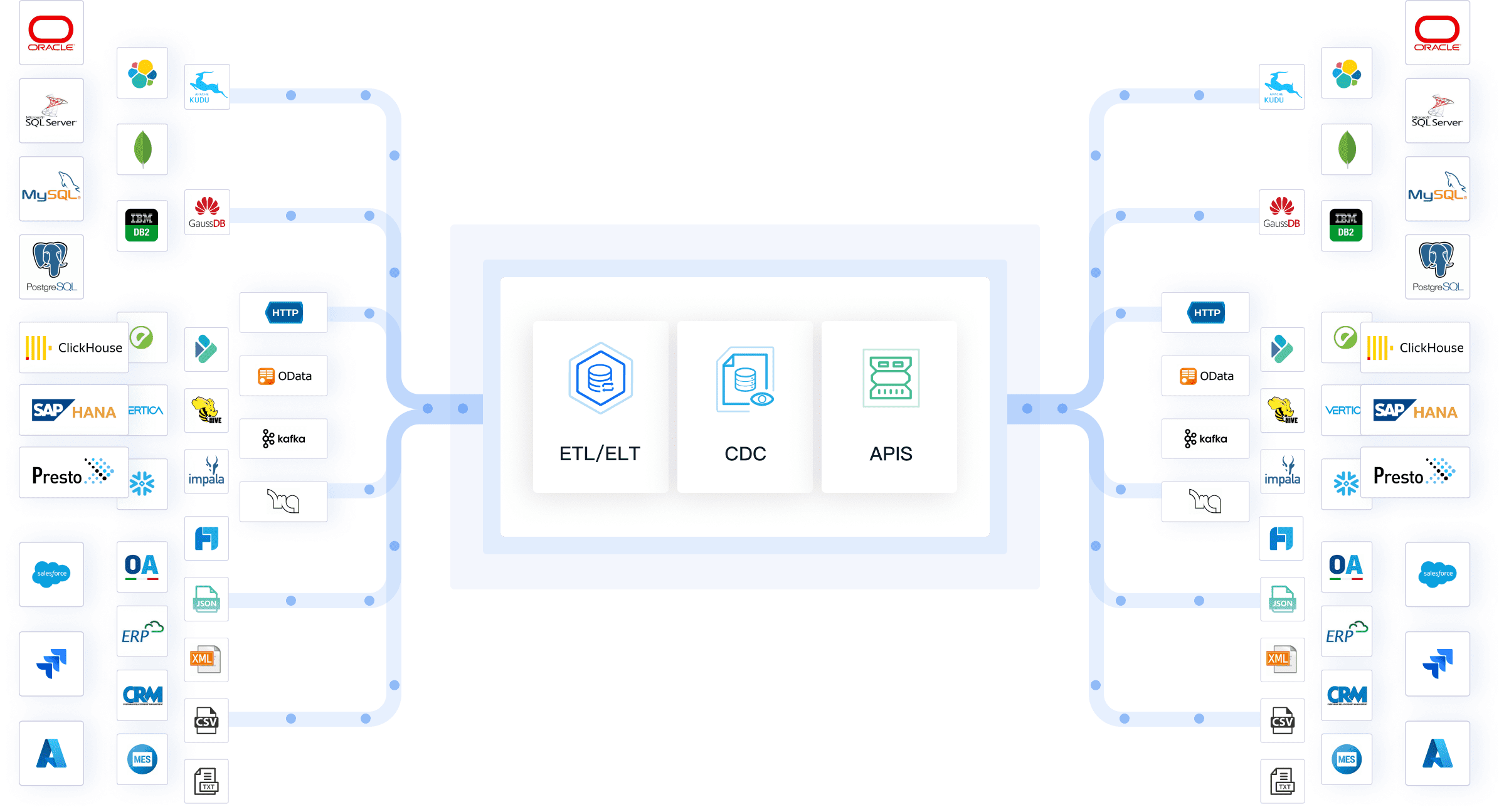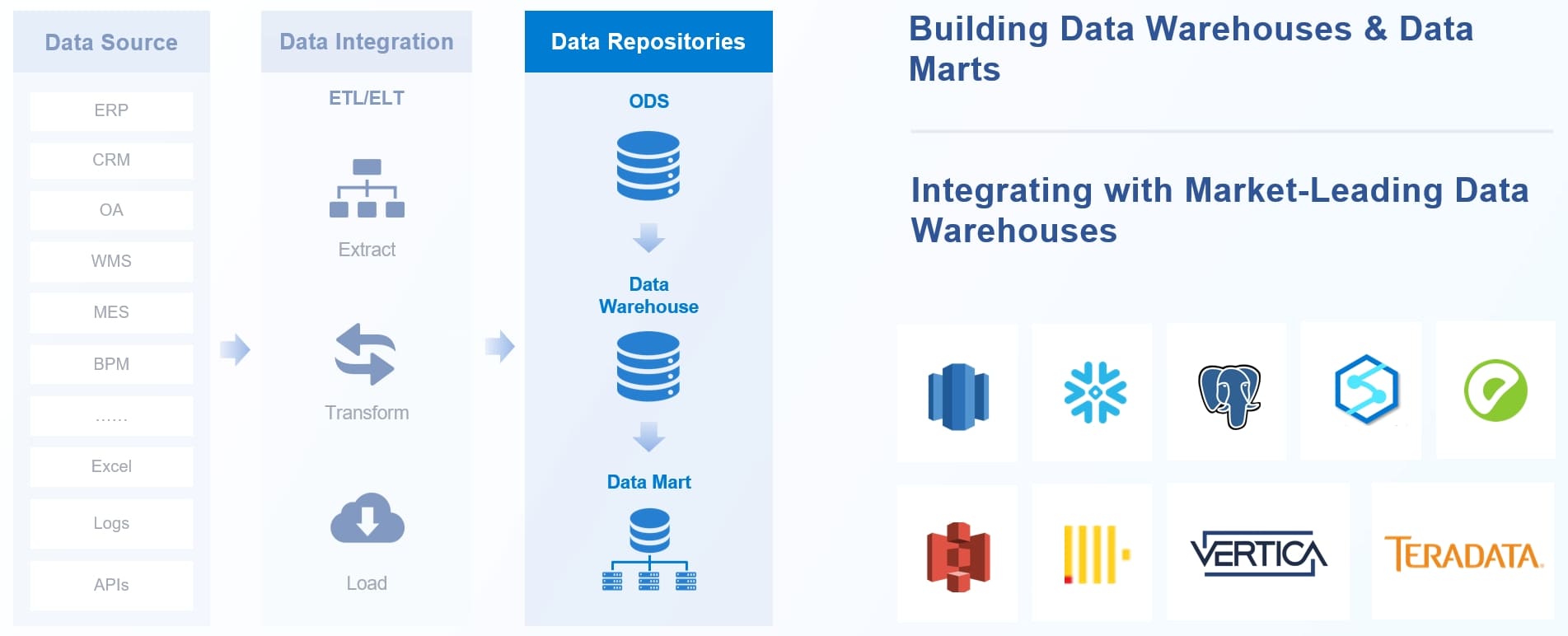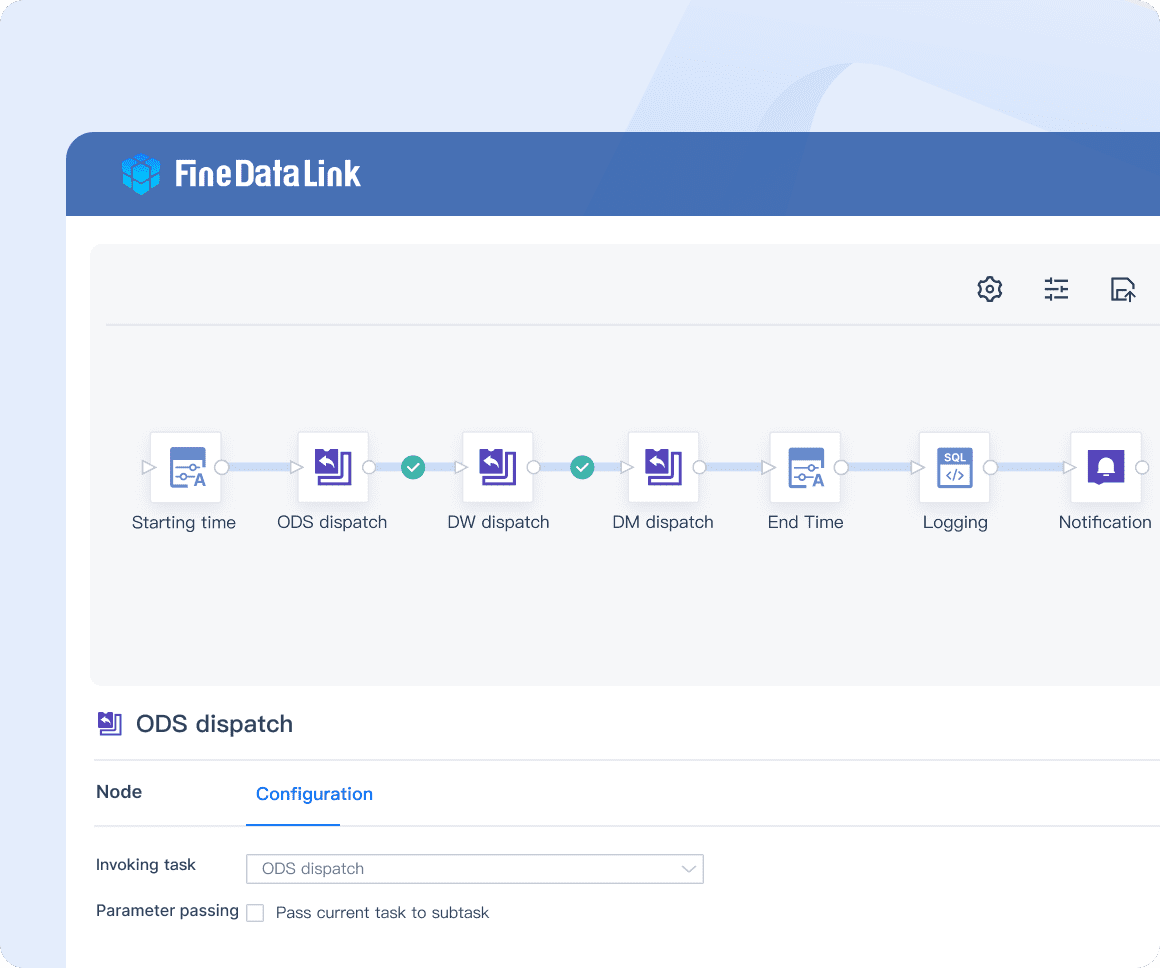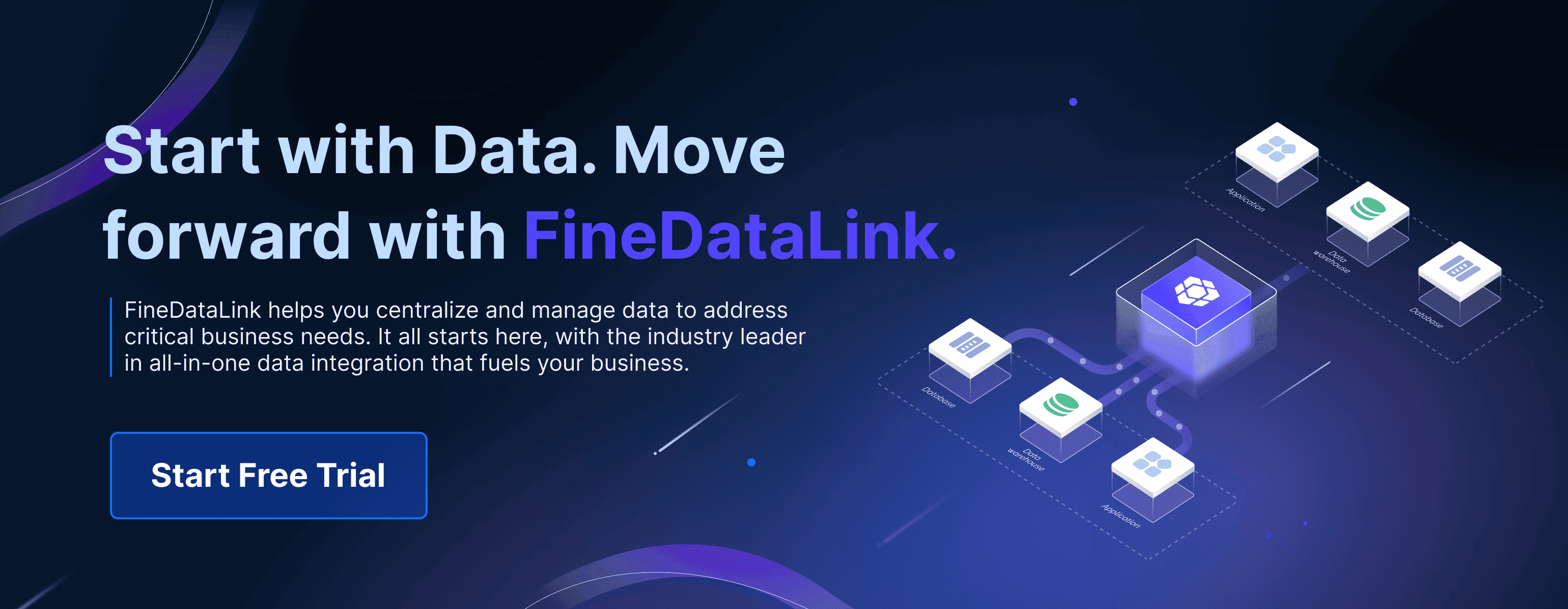

Data portability allows you to move your personal data effortlessly between service providers. This concept empowers you to take control of your digital footprint, making it easier to switch platforms or manage your information. In 2025, data portability has gained even more importance. Technological advancements, stricter privacy laws, and the need for user-friendly tools have driven this shift. For example, by the end of 2024, Accredible issued 125 million verifiable credentials, showcasing the rising demand for seamless data management. Companies are also adopting Open Badges 3.0 to enhance user control over credentials, reflecting the growing emphasis on user empowerment.
Key Takeaways
- Data portability lets you control your info and switch services easily.
- Knowing parts like access, sharing, and permission helps manage your data well.
- Privacy rules like GDPR and CCPA protect your right to move your data safely.
- Tools like FineDataLink help combine data quickly and without trouble.
- New tech like AI and blockchain make moving data faster and safer for users.
What Is Data Portability?
Definition and Key Components
Data portability refers to your ability to move your personal data from one service provider to another without unnecessary obstacles. This concept ensures that you remain in control of your information, allowing you to switch platforms or services with ease. It is a fundamental right under regulations like the General Data Protection Regulation (GDPR), which emphasizes user empowerment and transparency.
Key components of data portability include:
- Accessibility: You can access your data in a structured, commonly used, and machine-readable format.
- Interoperability: The data must be compatible with different systems to enable seamless transfers.
- Consent and Control: You have the right to decide when and how your data is shared or transferred.
Studies by Goodman and Flaxman, Katarinou et al., and Mittelstadt et al. highlight the evolution of data portability rights. These works emphasize the importance of clear guidelines and mechanisms to ensure that users can exercise this right effectively.
How Data Portability Works
Data portability operates through a series of well-defined steps that prioritize security and user consent. When you submit a data portability request, the service provider prepares your data in a standardized format. This format ensures compatibility with other platforms, enabling a smooth transfer process.
For example, Maria used data portability to streamline her mortgage application. By securely sharing her financial data with multiple lenders, she received tailored loan options and simplified the entire process. This demonstrates how data portability can enhance efficiency and user experience.
Why Data Portability Matters in 2025
Empowering Users with Data Control
Data portability gives you the power to manage your personal data effectively. It allows you to access, move, and share your information across different platforms without unnecessary hurdles. This capability fosters transparency, enabling you to see how your data is used and decide where it should go. By exercising this control, you can switch between service providers effortlessly, encouraging competition and innovation in the market.
| Evidence Point | Description | | --- | --- | | Enhances user control over personal data | Data portability allows users to access, move, and manage their personal data across services. | | Fosters transparency and choice | Users can see how their data is used and choose where to transfer it. | | Promotes competition and innovation | Users can switch services easily, encouraging providers to improve their offerings. |
For example, imagine you want to switch from one music streaming service to another. With data portability, you can transfer your playlists and preferences seamlessly. This ensures you don’t lose your curated content, making the transition smooth and stress-free. By empowering you with control, data portability enhances your digital experience.
Enhancing Interoperability Across Platforms
Interoperability between platforms is essential in today’s interconnected world. Data portability plays a crucial role in ensuring that different systems can communicate effectively. When platforms support data portability, they enable you to transfer your information without compatibility issues. This creates a more cohesive digital ecosystem where services work together seamlessly.
Consider a scenario where you use multiple productivity tools for work. Data portability allows these tools to share information, ensuring that your tasks, schedules, and files remain synchronized. This interoperability not only saves time but also improves efficiency. By bridging the gap between platforms, data portability simplifies complex workflows and enhances your overall productivity.
Challenges in Implementing Data Portability
Technical Barriers to Seamless Data Transfer
Implementing data portability often faces significant technical challenges. One major issue is the lack of standardization across platforms. Different systems store and format data in unique ways, making it difficult to ensure compatibility during data transfer. For example, translating data between systems often requires complex processes, which can lead to errors or delays. Integration problems may disrupt workflows and reduce productivity. Missing customer data after migration is another common issue that impacts user experience.
These technical barriers highlight the need for robust solutions that prioritize seamless data transfer. By addressing these issues, you can ensure a smoother transition between platforms and reduce the risk of data loss.
Balancing Business Interests with User Rights
Balancing your rights as a user with the interests of businesses presents another challenge. Companies often view data as a valuable asset, which can make them hesitant to adopt data portability practices. However, studies show that data portability can benefit businesses by fostering innovation and competition. For example, it allows new market entrants to absorb user data, reducing barriers to entry and driving data-driven innovation.
| Study | Findings | | --- | --- | | Wohlfarth (2019) | Data portability can benefit rivals of dominant online service providers (OSPs) and new entrants by allowing them to absorb user data, enhancing their innovation capabilities. | | Lam and Liu (2020) | Data portability may facilitate market entry by reducing competitive barriers. |
By implementing data portability, businesses can build trust with users while also unlocking new opportunities for growth. This balance ensures that both parties benefit from a more transparent and competitive digital ecosystem.
The Role of FineDataLink in Data Portability
How FineDataLink Simplifies Data Integration
FineDataLink makes data integration straightforward by offering a low-code platform that reduces complexity. You can use its drag-and-drop interface to connect multiple data sources without writing extensive code. This feature saves time and minimizes errors during integration. FineDataLink supports over 100 common data sources, allowing you to integrate information from various platforms seamlessly. Whether you work with databases, SaaS applications, or legacy systems, FineDataLink ensures compatibility.

The platform also provides advanced ETL (Extract, Transform, Load) and ELT capabilities. These tools help you preprocess and transform data efficiently before storing it in a data warehouse. For example, you can clean and organize raw data to make it ready for analysis. By simplifying these processes, FineDataLink empowers you to focus on extracting insights rather than dealing with technical hurdles.

Real-Time Data Synchronization with FineDataLink
Real-time data synchronization is one of FineDataLink’s standout features. It enables you to transfer data across systems with minimal latency, often measured in milliseconds. This capability is crucial for businesses that rely on up-to-date information. For instance, you can use FineDataLink to synchronize customer data between your CRM and marketing tools. This ensures that your teams always have access to the latest information, improving decision-making and customer engagement.

FineDataLink’s data pipelines play a key role in achieving real-time synchronization. These pipelines monitor changes in your source systems and update the target systems instantly. This process reduces the load on your primary databases while maintaining data accuracy. By using FineDataLink, you can build a real-time data warehouse that supports dynamic reporting and analytics.

Building a High-Quality Data Layer for Portability
FineDataLink helps you create a robust data layer that enhances portability. Its modular architecture allows you to define each layer of your data infrastructure clearly. This structure makes it easier to integrate new tools and adapt to changing requirements. Containerization ensures that your data processing steps run efficiently across different environments, improving portability.
The platform also uses microservices to prevent vendor lock-in. You can modify or deploy individual components without affecting the entire system. Standardization further simplifies updates and feature releases by adhering to universal protocols. Additionally, FineDataLink incorporates strong data governance practices. These practices monitor data quality continuously and optimize resource utilization, ensuring that your data remains reliable and portable.
By leveraging these features, FineDataLink enables you to build a scalable and adaptable data infrastructure. This foundation supports seamless data portability, empowering you to transfer information effortlessly between platforms.
Future Trends in Data Portability
The Impact of AI and Automation
Artificial intelligence (AI) and automation are revolutionizing data portability by making it more efficient and user-friendly. These technologies analyze and process large volumes of data quickly, enabling seamless transfers between platforms. For example, AI can predict the best ways to structure and format your data for compatibility, reducing errors during migration. Automation further simplifies the process by eliminating manual steps, ensuring faster and more accurate data transfers.
Several trends highlight the growing role of AI and automation in data portability:
- AI-driven tools provide personalized insights based on transferred data, enhancing user experience.
- Automation streamlines repetitive tasks, such as data extraction and transformation, saving time and resources.
- Machine learning algorithms improve data quality by identifying and correcting inconsistencies during transfers.
These advancements not only enhance efficiency but also empower you to manage your data more effectively.
Emerging Privacy Laws and Their Influence
Privacy laws are shaping the future of data portability by giving you greater control over your personal information. Regulations like the California Consumer Privacy Act (CCPA) and the California Privacy Rights Act (CPRA) ensure that businesses handle your data responsibly. These laws mandate that companies provide your data in a usable format, making it easier for you to transfer it between platforms.
Key provisions of these laws include:
- The CCPA requires businesses to inform you before selling your data, enhancing transparency.
- The CPRA grants you the right to request your data in a portable format, facilitating seamless transfers.
- The CPRA also prohibits discrimination against you if you choose to opt out of data selling.
These regulations not only protect your privacy but also encourage businesses to adopt user-friendly practices, fostering trust and accountability.
Decentralized Data Systems and Their Potential
Decentralized data systems, powered by blockchain technology, are transforming how data portability works. These systems eliminate the need for central servers, giving you direct control over your data. Blockchain ensures secure and transparent data transfers, reducing the risk of unauthorized access.
Recent studies highlight the potential of decentralized systems:
| Study | Focus Area | Contribution | | --- | --- | --- | | Uprety A, Rawat DB (2021) | Federated Learning Security | Mitigates issues related to central servers using blockchain technology. | | Moudoud et al. (2023) | Multi-task Federated Learning | Enhances security and trust in the Metaverse through blockchain sharding. | | Liu et al. (2020) | 5G Networks | Proposes a secure federated learning framework for 5G networks. | | Lu et al. (2020) | Internet of Vehicles | Blockchain empowered asynchronous federated learning for secure data sharing. |
These innovations pave the way for a future where you can manage and transfer your data with greater autonomy and security.
Data portability in 2025 empowers you to take control of your personal information. It drives innovation by enabling seamless transitions between platforms and ensures compliance with privacy laws. Solutions like FineDataLink simplify this process. Its real-time synchronization and low-code platform make managing personal data effortless. By adopting these practices, you can stay competitive and protect your rights in the evolving digital landscape. Stay informed and embrace tools that prioritize your personal data and rights.
FAQ
The right to transmit personal data allows you to move your information between service providers. This ensures you maintain control over your data and can access it in a usable format. It empowers you to switch platforms without losing valuable information.
Data portability strengthens data protection by giving you control over your information. It ensures your data is handled responsibly and transferred securely. This reduces the risk of unauthorized access and aligns with privacy regulations like GDPR and CCPA.
Yes, many platforms now support real-time data access during portability. This ensures your information stays updated and accurate throughout the transfer process. Tools like FineDataLink enable seamless synchronization, making real-time access possible.
Interoperability ensures different systems can communicate effectively. This compatibility allows you to transfer data without technical issues. It creates a cohesive digital ecosystem where platforms work together, enhancing your experience and productivity.
FineDataLink simplifies data portability by offering real-time synchronization and a low-code platform. You can access over 100 data sources and integrate them seamlessly. Its user-friendly interface ensures efficient data management and supports your data protection needs.



